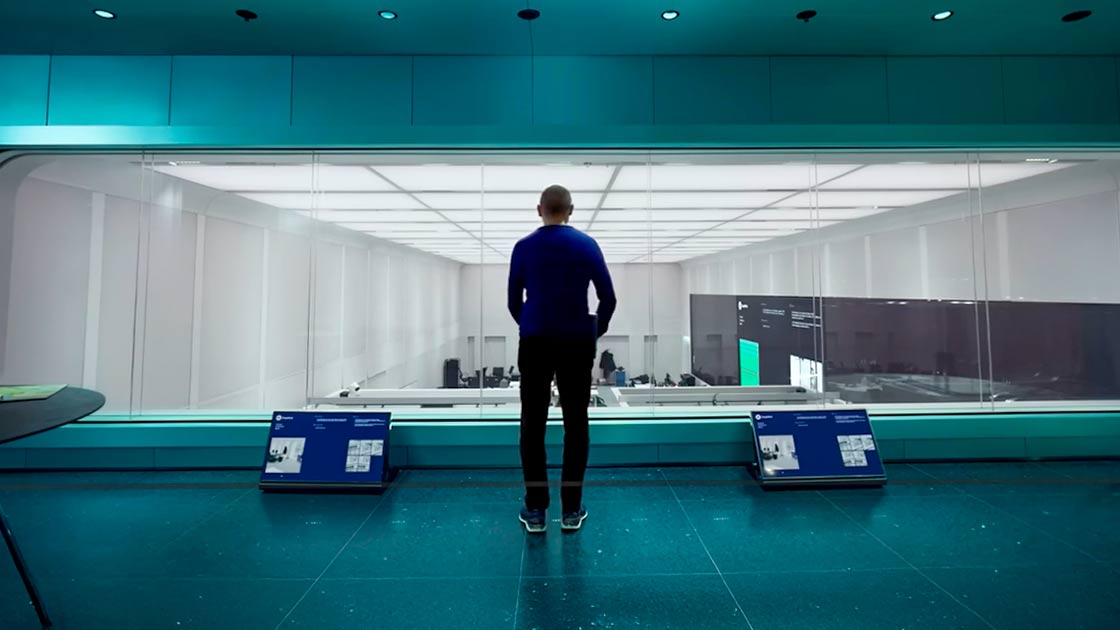ChatGPT and Cloud Computing: A happy marriage
ChatGPT (you may not know that it stands for Chat Generative Pre-Trained Transformer) has become the talk of the town for its impressive ability to generate text that looks like it was written by a human, using a combination of both Machine Learning and Deep Learning algorithms.
New use cases for this technology are emerging every day and many businesses are looking to integrate ChatGPT into their normal workflows.
This is not the only artificial intelligence application we can use. Google is constantly announcing improvements to its Bard application, already available (for now in the US), which is able to generate longer texts than ChatGPT and also links in its free version to the fonts it used to generate its texts. This is useful for getting to the page and supplementing information or for including citations in papers.
The relationship between ChatGPT and Cloud
The relationship between ChatGPT and Cloud Computing is very close. OpenAI, the company that developed the application, uses the Microsoft Azure Cloud for this purpose. ChatGPT is already available within the Azure OpenAI Service, following the partnership established between OpenAI and Microsoft.
ChatGPT can also be used in the Cloud to facilitate numerous tasks and processes. Both chatGPT and Bard or any other similar tool can open up a huge range of possibilities in the development of Cloud services.
Here are some of them:
Code generation
ChatGPT has learned from millions and millions of code lines, which makes it a great tool for developers, although they should always keep in mind that this code may not be 100% correct. However, it is certainly a good starting point. It can also be used to remove bugs from code that has already been written, which will help developers test and correct their code.
In addition, it can automatically generate notes and comments when developers create or make changes to their code to explain the latest updates. In the same way that real estate companies already use ChatGPT to write descriptions of their properties, the same approach is used by ecommerce websites to automatically create descriptions of the new items they add to their catalogue.
Human interaction
AI-based chatbots already exist in many customer services, but usually these chatbots handle pre-set responses that sound impersonal and unhelpful.
However, integrating chatGPT with a company's cloud services will facilitate customer and employee interactions with the company by allowing requests for order cancellations, refunds, complaints, returns, etc. to be sent.
 Photo: Emiliano Vittoriosi / Unsplash
Photo: Emiliano Vittoriosi / Unsplash
And beyond customer service, they can also be very useful in training for employees, for instance.
Customisation
The ability to generate content in real-time is valuable for brands that use personalisation as a differentiator in their marketing strategies.
Since ChatGPT stores a user's previous queries, it can provide highly personalised responses and also allows you to take personalisation a step further by offering a cost-effective method of creating content that is unique to each user. This can generate fully personalised emails or purchase recommendations, for example.
It is essential to integrate ChatGPT with the CRM or ERP, usually Cloud-based, that most companies already use to achieve these improvements.
Work optimisation
ChatGPT can analyse large amounts of text and generate summaries, which is a valuable feature that transforms the use of cloud-based collaboration tools, allowing for example summarising email threads or generating meeting records.
It is also possible to summarise complex documents such as contracts, SLAs, or company policies so that instead of having to go through all the documents stored in a cloud repository, chatGPT can produce a summary in a matter of seconds.
Another use case for the integration of ChatGPT with Cloud services is to facilitate the summary of customer service tickets, integrating with the cloud CRM that each company has.
However...
It is wise not to overestimate ChatGPT. Its responses are logical and coherent and facilitate some tasks, but it also uses generic content that is not always perfectly customised. There have also been many errors in its responses, in addition to the possible security problems reported.
It is a tool that needs to be used cautiously, but at the same time it is obvious that it has great advantages. Integrating chatGPT with the cloud services a company is using will transform virtually every business process in any company.
The number of use cases is very large, so there is no doubt that the Cloud—ChatGPT combination is leading us to one of the biggest technological revolutions of this century.
Featured image: D Koi / Unsplash.
 Hybrid Cloud
Hybrid Cloud Cyber Security & NaaS
Cyber Security & NaaS AI & Data
AI & Data IoT & Connectivity
IoT & Connectivity Business Applications
Business Applications Intelligent Workplace
Intelligent Workplace Consulting & Professional Services
Consulting & Professional Services Small Medium Enterprise
Small Medium Enterprise Health and Social Care
Health and Social Care Industry
Industry Retail
Retail Tourism and Leisure
Tourism and Leisure Transport & Logistics
Transport & Logistics Energy & Utilities
Energy & Utilities Banking and Finance
Banking and Finance Sports
Sports Smart Cities
Smart Cities






